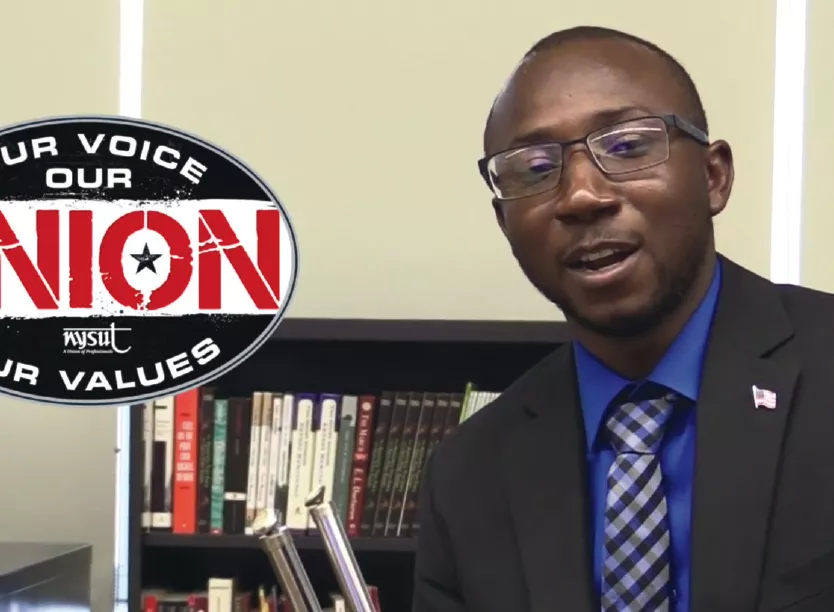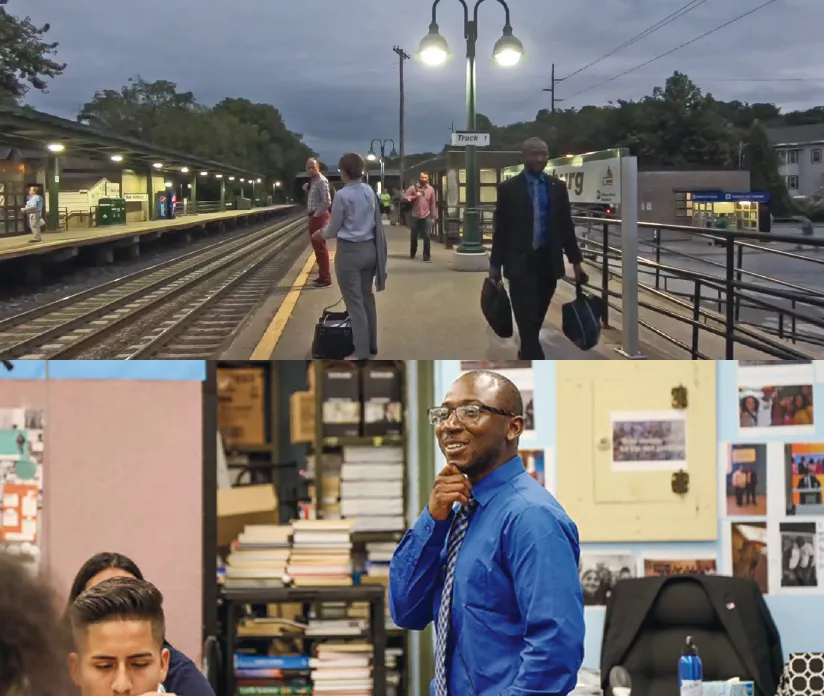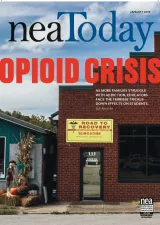It’s 5 a.m., and high school teacher Alhassan Susso quiets his alarm clock. He has a two-hour train commute from his home in Poughkeepsie, N.Y., to International Community High School in the South Bronx—located in the poorest Congressional district in the United States. He will arrive before most of his colleagues to teach a class of his own invention, what he calls “Zero Period,” which begins one hour before the official start of the school day. Last year, every student who attended Susso’s voluntary class graduated high school and 97 percent went on to college.

Almost all of Susso’s students are poor, and many are new immigrants from countries in Latin America, Africa, Asia, and elsewhere. Susso’s self-designed course helps them plan for their futures. “All they see all day long is obstacles,” says Susso. “My job is to ensure and guide them to see that your obstacles don’t have to define your future.”
This is something Susso knows first-hand. At age 16, Susso, who has a signifi- cant visual impairment, immigrated from a life in poverty in The Gambia, West Africa’s smallest nation, to Poughkeepsie. Origi- nally, he planned to be an attorney, but he decided he wanted to help students. “As educators we have a unique opportunity to shape the next generation,” he says. “As empathy and compassion thrives, so does learning.”
For his dedication, his hard work, his empathy and his ability, Susso, a member of the United Federation of Teachers, has been named New York’s 2019 Teacher of the Year. It’s a platform from which Susso can deliver his message about teaching: “I believe that teaching is all about cultivating and nurturing relationships. It doesn’t matter how great our lessons are, how skilled we are at delivering those lessons, if our students don’t understand how much we care about them.”



